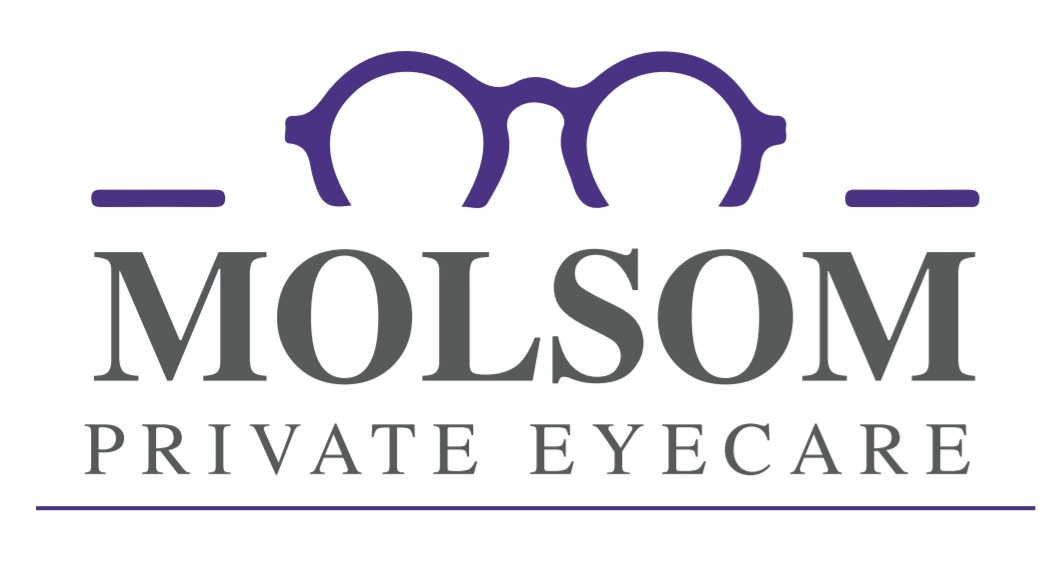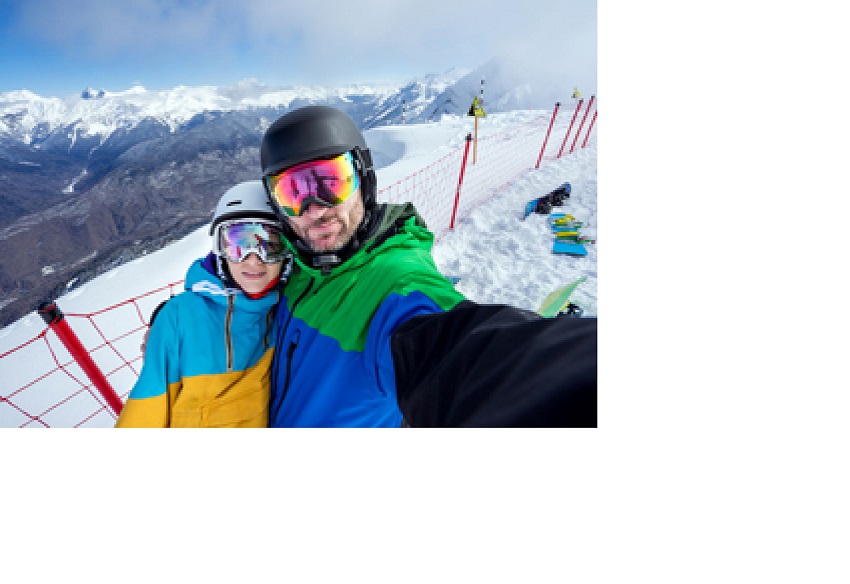College of Optometrists offers advice to skiers and snowboarders to protect their eyes on the slopes.
The college of Optometrists is urging winter sports fans to make sure they are properly protecting their eyes when out on the slopes this winter. Although clear skies and deep powder provide perfect skiing conditions; snow is reflective, so the sun’s ultraviolet (UV) rays are much more powerful on the slopes than elsewhere – posing a risk to eye health.
Dr Susan Blakeney, the College’s Clinical Adviser explains:
“It’s important that when skiers and snowboarders are getting kitted out for the slopes they get goggle to protect their eyes. As snow can reflect significantly more light than normal ground surfaces, it is vital that you protect your eyes by wearing goggles or sunglasses that are specifically designed for winter sports, and are made to the relevant safety standard to ensure they absorb sufficient UV. UV exposure is cumulative so, although you may not feel any immediate effects you could be putting yourself at risk of long term damage as sunlight may damage your eyes, increasing the long term risk of developing conditions such as cataracts and possibly AMD (Age-Related Macular Degeneration). If you are not sure the best protective eyewear for you, ask your optometrist before travelling.”
Here are Dr Blakeney’s top tips and Advice for skiers and snowboarders for looking after eyes on the slopes:
- Wear goggles if possible – sunlight can reflect off the snow and sunglasses may not provide sufficient all round protection.
- If you’re going on a family holiday don’t forget about your children – their eyes are more receptive to UV than adult eyes, so UV protection is particularly important for them.
- If you do choose sunglasses, look for the stamp that says they comply with the safety standard BS EN ISO 12312-1:2013 and have a CE mark – the manufacturer’s assurance that they meet European safety standards.
- There are four categories of tint in the BS EN ISO 12312 – 1:2013 standard. Category 4 ( the darkest) is designed for protection against extreme sun-glare for example over snowfields or on high mountains. Ask your vendor to show you glasses in this category.
- Choose eyewear that fits comfortably – make sure it is the right size for you, and unlikely to fall off in the event of sudden movements or higher winds.
- Wear a hat that covers the rim of your glasses to protect your eyes from the rays shining directly above your head.
- People who wear glasses can wear sunglasses too – sunglasses can be made to any prescription.
For more information and advice about looking after your eyes visit : www.lookafteryoureyes.org or call into the practice for help and advice.

